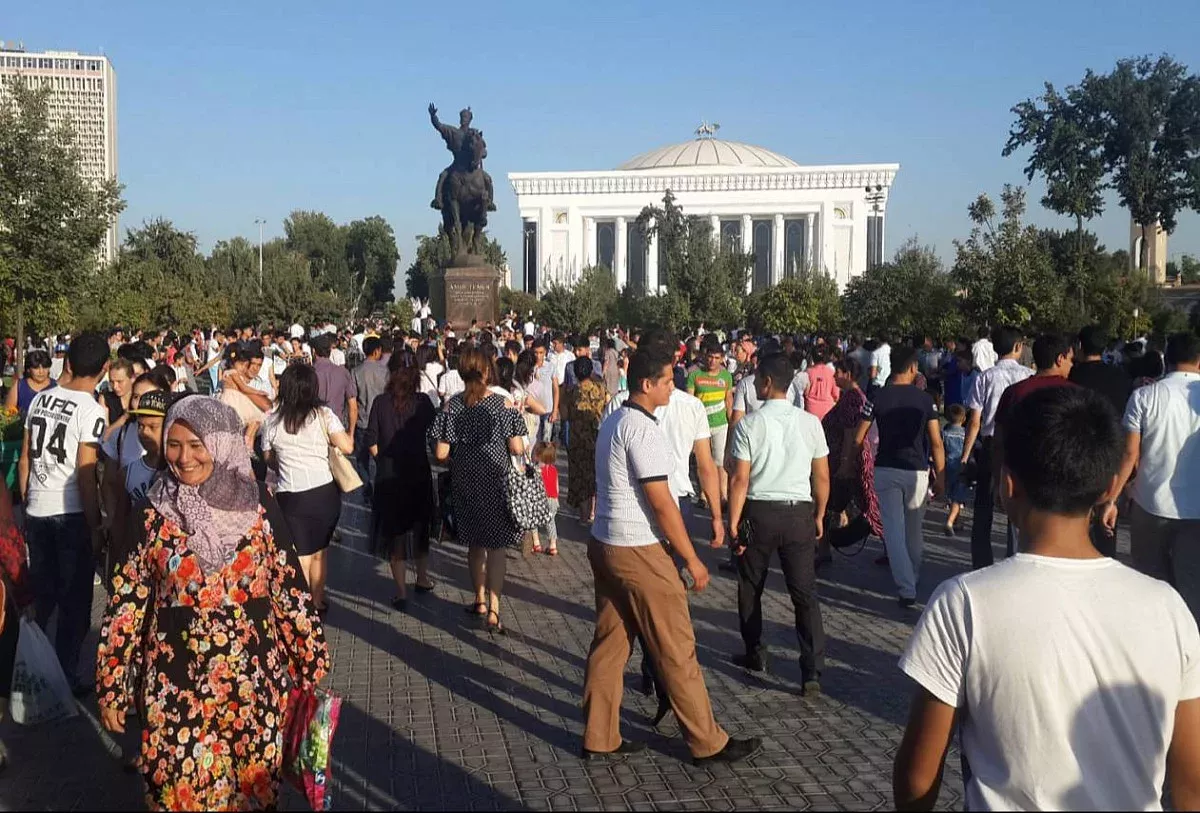
According to data from the State Committee on Statistics as of October 1, 2025, the population of Uzbekistan has reached 38 million 69.1 thousand. This was reported by Zamin.uz.
This figure confirms the steady growth of the population in the country. The population consists of 19 million 172.5 thousand men (50.4 percent) and 18 million 896.6 thousand women (49.6 percent), maintaining a balance between the genders.
This demographic situation is important for shaping the labor market and social policy. The urbanization process continues: currently, 19.4 million people live in cities, while 18.7 million reside in rural areas.
The increase in urbanization leads not only to a rise in job opportunities but also to higher demand in housing construction, transport, drinking water, and sewage sectors. This creates a need for planning urban infrastructure and efficiently allocating resources.
The growth of the urban population requires the introduction of new approaches in areas such as traffic management, environmental monitoring, and energy supply. According to family life data, during the reporting period, 177 thousand marriages were registered, while 35.4 thousand families officially divorced.
This indicates that the trend of starting families among young people continues, but there is a need to strengthen systems for psychological and social support for families. Expanding financial benefits, housing programs, and counseling services on family psychology will help young families and positively impact social stability.
In the field of external migration, a negative balance was recorded: 1,133 people moved into the country, while 7,585 people left abroad. As a result, the net migration balance was –6,452.
Experts explain this situation by labor migration, educational opportunities abroad, and the departure of highly qualified personnel overseas. Especially in recent years, the outflow of skilled specialists in IT, engineering, and medicine has increased.
Thus, demographic indicators show changes in Uzbekistan's population size, lifestyle, and distribution. The level of urbanization, balance in the population composition, and migration trends are important factors in determining the country's economic, social, and infrastructural policies.
This information will serve as a basis for planning by government agencies and local authorities in the coming years (source: State Committee on Statistics).







